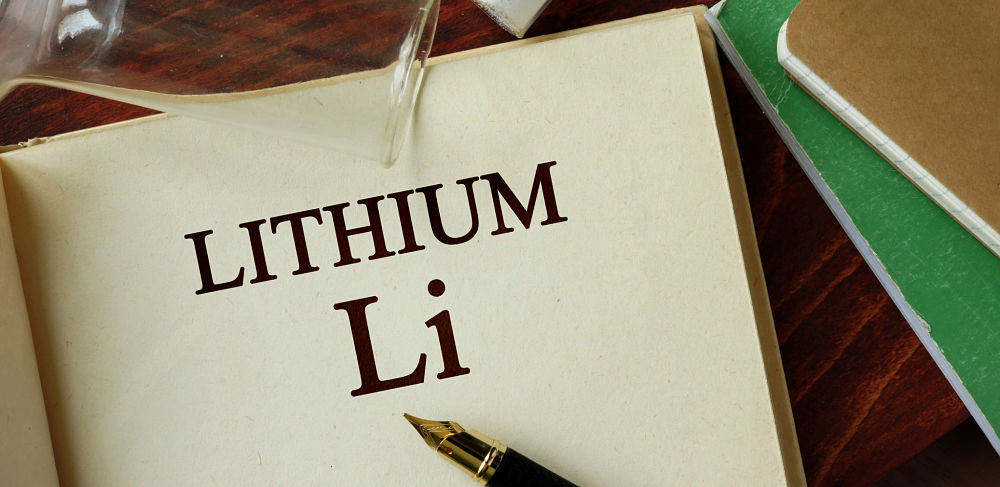I’ve written many articles about cobalt and lithium, the main components of the greatest battery configuration in the world. I believe that while everyone in the world is looking for an alternative there is no realistic substitute. I’m not sure why they are looking for another battery formulation. Cobalt and Lithium are plentiful. If you watch the markets you can hardly give away either portfolio. I guess we can attribute it to a bear market.
The world seems to want an alternative but why? According to Apple
Lithium Air, Lithium Sulphur, Sodium-ion and Magnesium batteries are still decades away as are other technologies. Magnesium might have a chance if it weren’t for the fact that it is so much heavier. As we all know lighter is better, we already went through the brick for a phone phase in the 1980’s.
The closest next technology might be solid-state batteries implementing a lithium metal anode, solid electrolyte, and advanced metal oxide cathode like Ni-rich NMC at high voltage. Again it’s a matter of how long the road is to commercialization and acceptance as a standard.
I’ve bought into both cobalt (First Cobalt, TSX Venture:FCC-X) and lithium (One World Lithium, CSE:OWLI) properties but the lack of movement in the stock of all these resources belies the fact that these major elements are the future of the electric vehicle (EV).
Lithium-ion technology still has plenty of room to grow with incremental battery improvements before something transformational is required. So why is everyone looking? Lithium, although the lightest element, is combined with cobalt in the current battery formulation. Cobalt is mainly mined in the DRC by child labor that is exposed to arsenic and uranium in the process. Hmmm, a couple of good reasons but with the continued demand there are other sources outside the DRC.
Lithium is a bit dangerous too, watch what happens when you try to take your Majic drone on the plane with a couple of lithium batteries that are not in lead protective cases. Under certain circumstances they get hot and may explode. As more are used in electric car technology manufacturers will, by necessity, make them safer and more efficient.
Let’s not forget that not only will the batteries become more safe and efficient but the devices they power will also become more efficient with faster charging and longer periods between charges.
Will the EV’s that are being ramped up by Tesla
The U.S. Geological Survey report in 2014 that the world lithium reserves have around 13.5 million tons of lithium, and the annual production in 2014 was 36,000 tons. These stats make the exploration for new lithium deposits all the more essential to the wave of upcoming EV’s.
People worry that building a hybrid or fully electrical vehicle based on one element like lithium is as foolhardy as relying on oil. It’s worth noting that the amount of lithium required for future batteries may decrease as technology improves.
For many decades batteries, transistors, in fact, anything electronic became smaller every year. Based on Moore’s Law of observation of historical trends from the 1970’s, technology was drastically changing every two years. The rate of innovation steadily increased until around 2012 when some scientists expressed concerns that the same rate of progress couldn’t continue as we approach basic limitations imposed by the laws of physics. With Nano technology and new products like the one atom thick grapheme anything is possible. I feel Lithium-ion will continue to morph into a better commodity for batteries over time.
There is a huge inventory of lithium, albeit mainly in third world countries, and the ‘mining’ process is more like pumping oil.
All the current lithium ‘mines’ are simply deposits in salty aquifers where the natural processes have concentrated the sea salt making it very cheap to process. One of the problems once Lithium brine is pumped to the surface is separating it from the brine. An Israeli company has developed machinery to reduce the 24 month cycle to a short time as has Vancouver based, Saltworks. Saltworks originally was a desalinization specialist but quickly found other applications.
Saltworks’ small and efficient systems could effectively cut down the processing of a brine-based lithium product to hours making lithium not only plentiful but cheaper to produce.
The love affair with Lithium may cool but it will be at least 10 years – loads of time for big profits in the exploration of lithium.
Gary Bizzo is a Management Consultant and published author specializing in start-ups and disruptive technologies.




